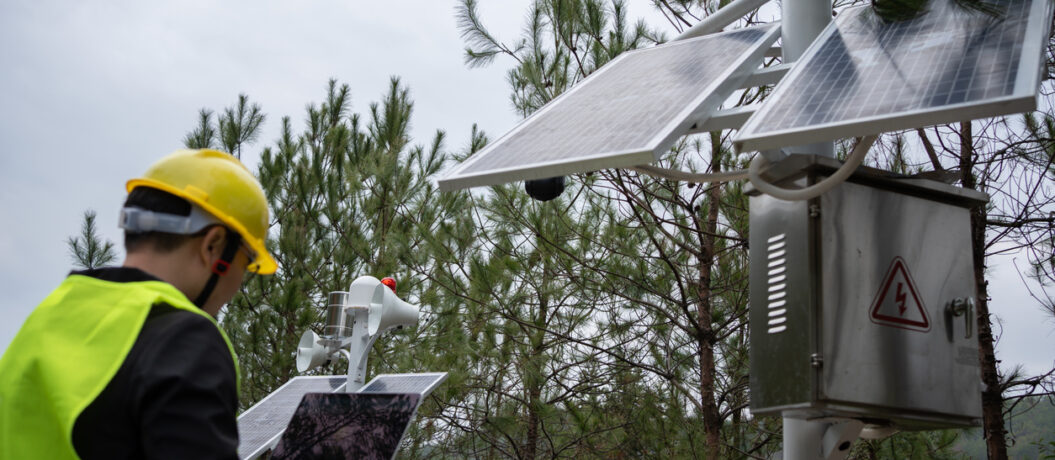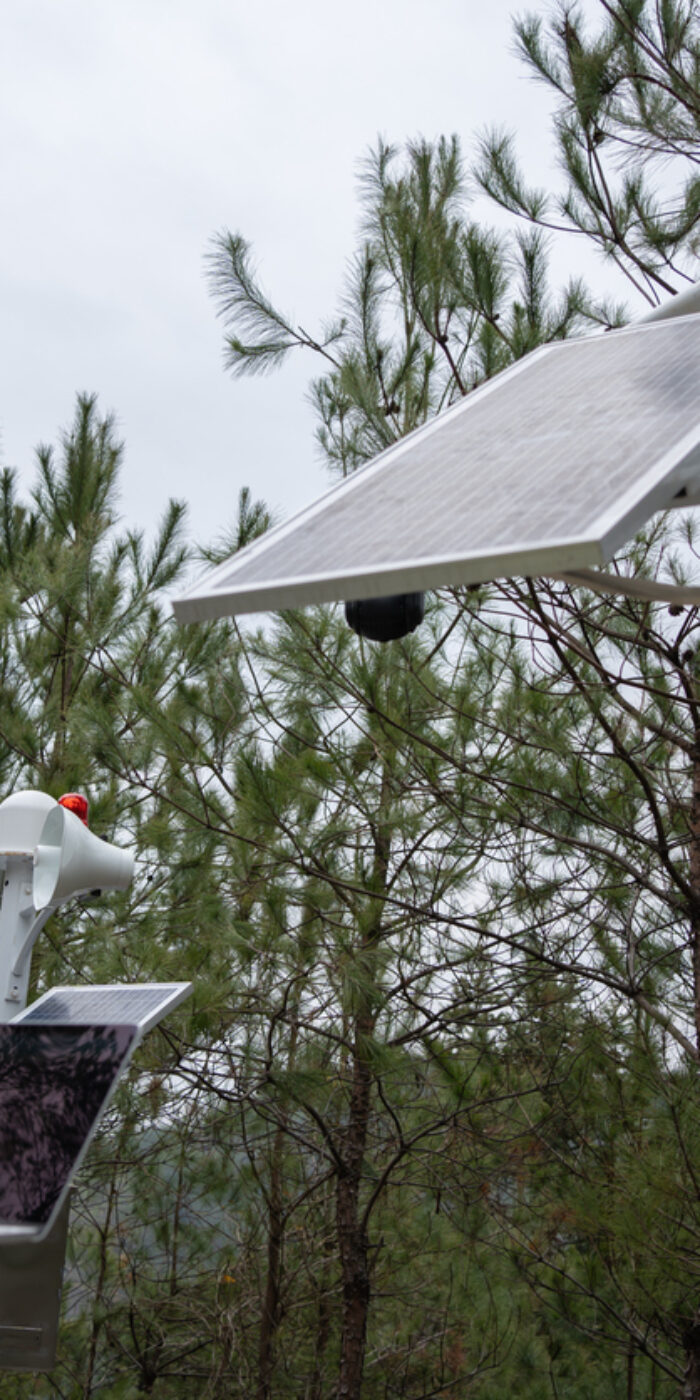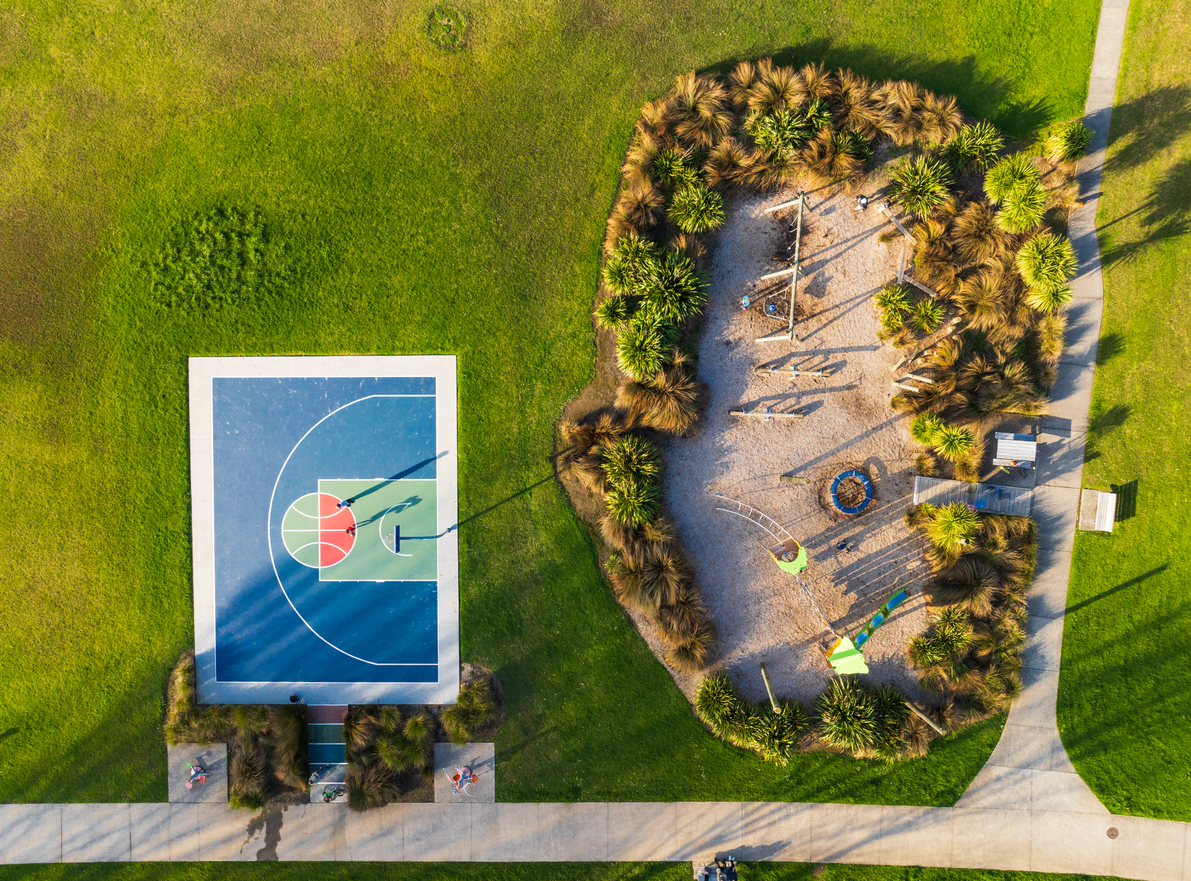As we look ahead to 2025, park and recreation software continues to evolve, driven by a need for efficiency, sustainability, and deeper community engagement. New technologies are empowering park departments to create seamless and impactful experiences for visitors while addressing operational challenges. Here are the top trends that will shape the future of park and recreation software.
Shaping the Future of Parks and Recreation
The landscape for parks and recreation software in 2025 is packed with possibilities. By harnessing these trends, parks can better connect people with nature while driving sustainability and innovation. With community inclusion and cutting-edge technology at its core, the future of recreation looks more engaging and environmentally conscious than ever before.
AI-Driven Insights
Artificial Intelligence (AI) is revolutionizing decision-making by providing actionable insights based on historical data and real-time analytics. For park administrators, AI can predict visitor trends, automate scheduling, and optimize resource allocation. Whether managing staffing during peak seasons or forecasting maintenance needs, AI will streamline operations with unmatched accuracy.
Advanced Mobile Integration
For park and recreation workers, advanced mobile integration will become a crucial tool in 2025. From managing schedules and logging maintenance tasks to providing real-time communication with team members, mobile solutions will streamline daily operations. Employees will benefit from accessing work-related apps and tools directly on their devices, enabling them to stay organized and responsive while on the move. This level of integration supports more efficient workflows, enhances collaboration, and boosts productivity, empowering park staff to deliver seamless services to their communities.
Focus on Accessibility
Inclusivity will remain a key focus for parks and recreation software. Technology will increasingly incorporate accessibility features, such as screen readers, multilingual support, and intuitive interfaces, enabling equal access for diverse groups. Enhanced mapping tools will also allow visitors to easily locate ADA-compliant amenities, ensuring a more welcoming experience for everyone.
Sustainable Tech Solutions
Sustainability is no longer a preference—it’s a necessity. Future software platforms will integrate tools for monitoring energy use, managing water resources, and promoting eco-friendly practices. From solar-powered smart bins to systems that monitor carbon footprints, technology will play a crucial role in helping parks address environmental challenges while fostering a culture of stewardship.
Data Privacy and Cybersecurity
With the rise of digital solutions comes the need for robust security measures. Parks and recreation software in 2025 will prioritize safeguarding user data, ensuring compliance with privacy regulations, and implementing advanced cybersecurity protocols. This focus on trust and transparency will be essential for fostering user confidence.
A Vision for the Future
The future of parks and recreation software in 2025 holds incredible promise, poised to transform how communities interact with nature and public spaces. By leveraging advanced technologies like mobile integration, data analytics, and sustainable solutions, park systems can reinvent themselves as innovators in environmental stewardship and community well-being.
These tools won’t just enhance operations—they will inspire a deeper connection between people and the outdoors, fostering inclusivity and accessibility. With the right focus, parks and recreation agencies have the power to ensure these spaces remain vibrant for generations to come.












